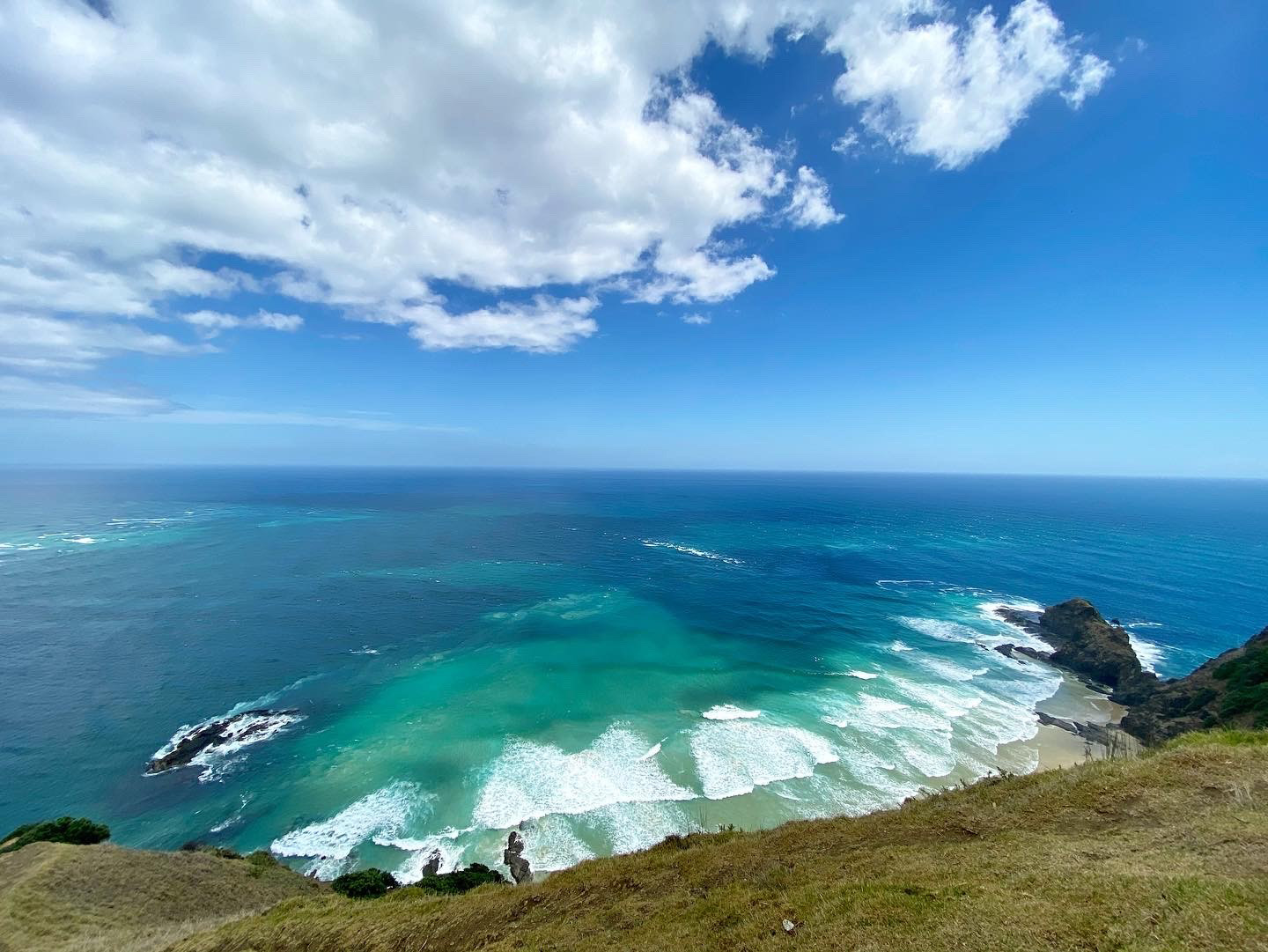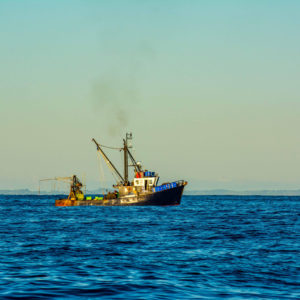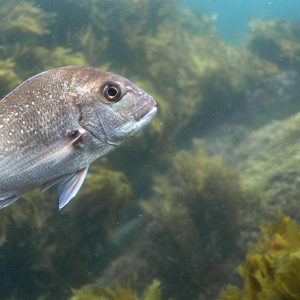In May 2022, the Government confirmed details of the roll-out of cameras onboard commercial fishing vessels.
Details include a timeline and restrictions around what vessels have cameras, with the roll-out beginning and West Coast North Island inshore trawl and set net video footage becoming available from 30 November 2022.
While it’s awesome to see a Minister of Oceans and Fisheries personally take responsibility with set dates, commercial interests have long captured research spending and it is well past time to introduce measures that provide more transparency to New Zealand fisheries.

Implementing these changes has been an ongoing laborious process since 2013. In 2016, a trial of cameras aboard 15 snapper trawlers failed catastrophically, due to a combination of technical issues and more importantly, the large amounts of high-grading (discarding and dumping fish of low value) and discarding came to light with these cameras on vessels.
Valuable fish being dumped is symptomatic of failure of the Quota Management System, and for many years the Government has slowed the camera roll-out process to hide what occurs behind the scenes as a result of the QMS.
Officials are well aware the deepwater fleet is responsible for the greatest known amount of discards and bycatch. It doesn’t make sense to excuse these vessels from monitoring. If anything we ought to double down on this effort due to past difficulties of keeping observers safe at sea for weeks at a time.
Scampi trawlers are one kind of vessel excluded from the roll-out of cameras aboard vessels, and are known to take volumes of bycatch. Discards of precious marine species in the scampi trawl fishery are higher than scampi catches themselves, with estimates that only a fifth of scampi trawl catch is actually scampi. Vessels such as these are in dire need of more transparency around catches, yet they are not included in the upcoming changes.
After almost a decade of waiting we want this rollout to be effective against unnecessary wastage and bycatch, and to improve monitoring. Allowing cameras to be turned off if the crew is fishing with a Maori customary permit or recreationally defeats the purpose of programme – to monitor all catch.





